Hippos – Is A Hippo Cute Or Dangerous?
- At February 06, 2013
- By Rosemary Wright
- In Global Issues
 0
0
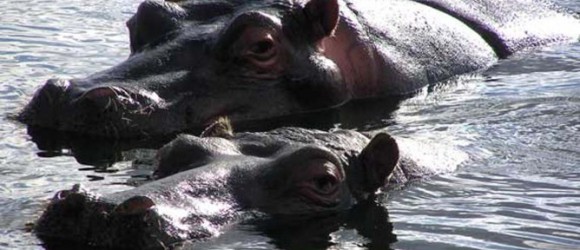
Hippos
The Hippopotamus – from the ancient Greek meaning – Horse of the River. These massive creatures are an amphibious mammal living in the rivers, lakes and swamps of sub-Saharan Africa. Typically a bull rules over a cow and calf. However, he is happier when he has an extended family, and there can be as many as 30 or 40 cows and calves in a pod – (apparently also called a bloat). The calves are born under water after an 8 month gestation period and are usually weaned at one year of age. It is thought that hippos and whales may share a common history going back over 54 million years.
Hippos live mostly in the water during the day and come out at dusk to feed on grasses. Under water their nostrils close and they can stay submerged for as long as 20 – 25 minutes, although they usually surface every 6 -7 minutes. Their bodies secrete a pinkish, oily substance that acts as a sunscreen to protect their skin – which is very thick and mostly hairless. Of the big African animals – Hippos are third in size – next to the Elephant and the Rhino.
A hippo has enormous jaws that can open to 180 degrees and the ivory canine teeth are self-sharpening as they grid them together. It’s massive head can account for about a third of it’s total body weight. A large hippo can weigh as much as 4 tonnes and be 12 -15 feet long. Hippos have 4 webbed toes and short, stubby legs. But don’t assume that they are slow-moving behemoths. A hippo can run as fast as 30 to 40 km/hour for a short period of time, so he can easily outrun a human.
Even though they may appear to be passive creatures as they wallow away their days in the water – hippos are actually fierce, easily enraged and very aggressive. They are considerd to be one of the most dangerous creatures in Africa. Males will fight to the death and a female around her calf can be equally dangerous. They will attack without provocation and are responsibe for more human deaths than crocodiles and lions. They communicate with one another with fierce grunts and nosiy bellows. Their biggest enemy is man, although lions can bring down a baby or an ailing adult hippo.
The numbers of the big common Hippo are declining. They are experiencing habitat loss and are poached for their meat, which is illegal to sell, and for their huge ivory canine teeth which can be up to a foot in length. Hippos are a popular zoo animals and they breed well in captivity. So in spite of the popular holiday song – I Want A Hippopotamus For Christmas – this is not an animal to ever under-estimate.
And Then There’s The Pygmy Hippo
The Pygmy Hippo – The Water Cow – is found in West Africa. He is a water and forest dwelling animal who is half the height of his cousin and weighs about 75% less that the big Common Hippo. The Pygmy Hippo is a very secretive, and often solitary animal who lives on ferns and fruit. It is hunted for it’s meat and sadly is now on the Endangered List due to a loss of habitat due to forest clearing and human poaching.
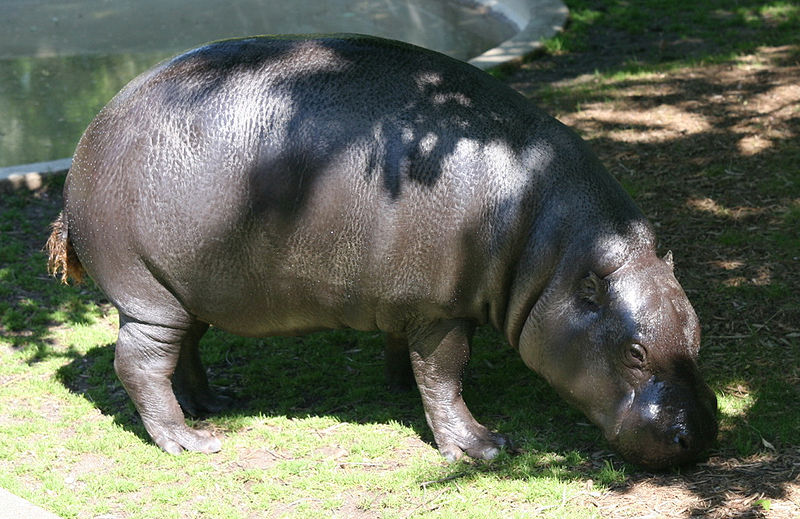
Pygmy Hippos Can Live For 40-50 Years In A Zoo And Longer In The Wild.
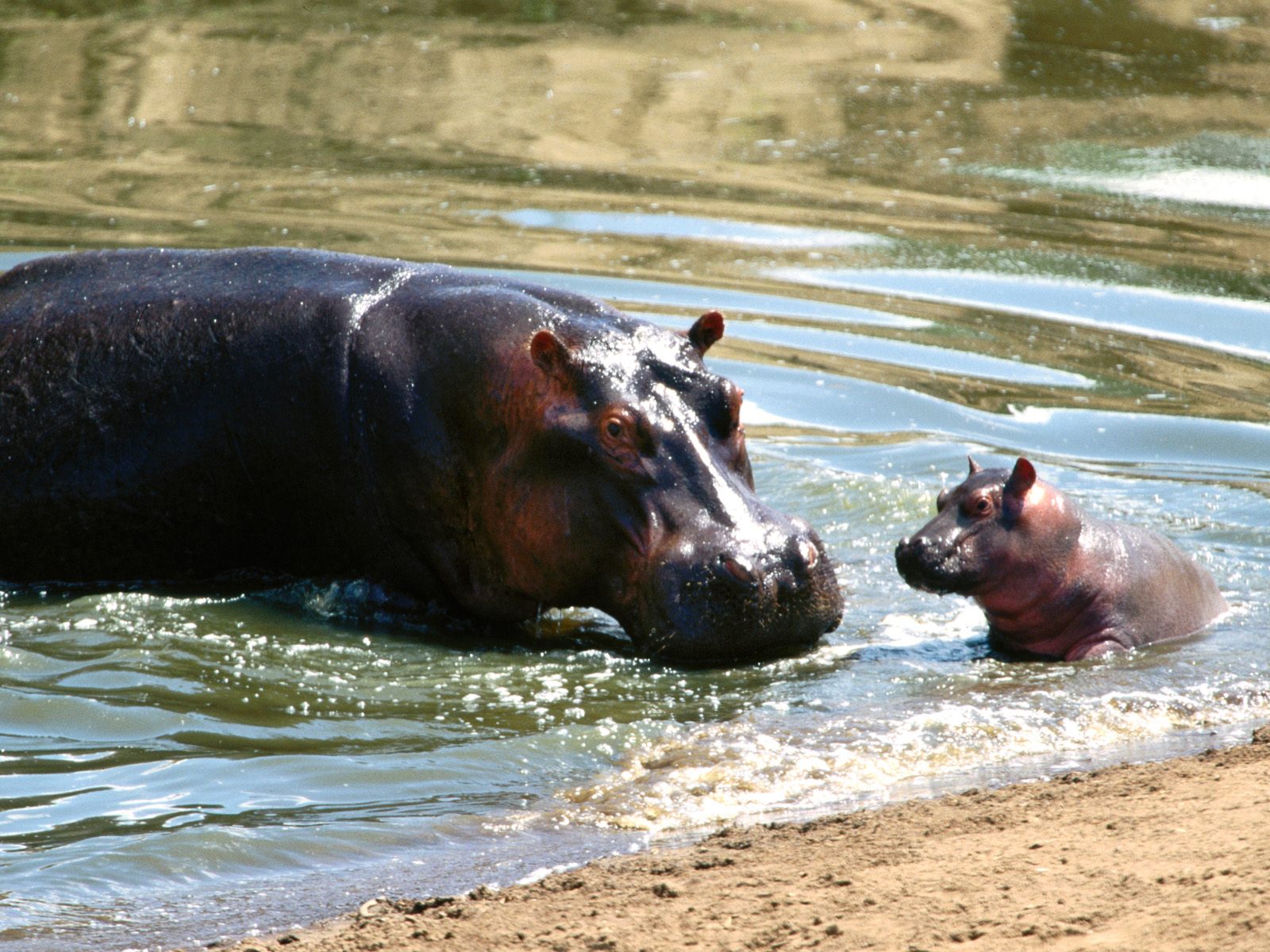
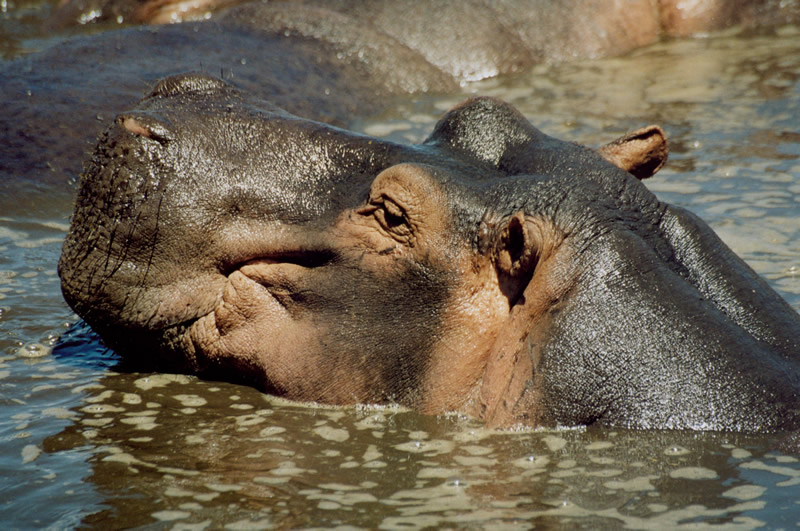
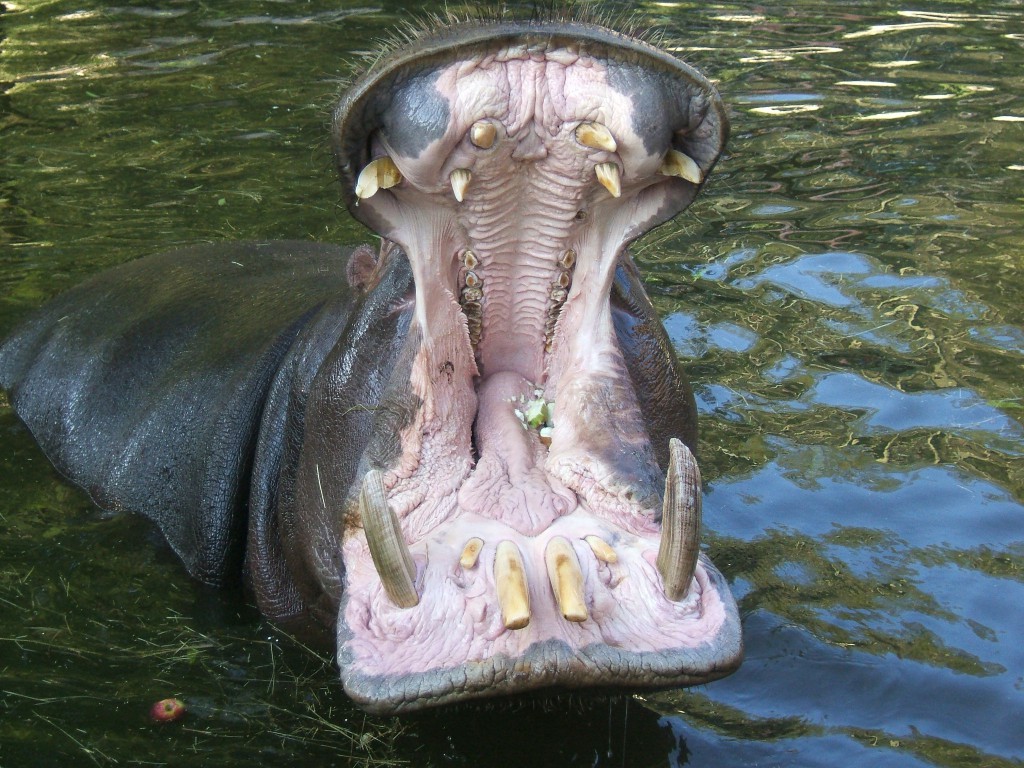
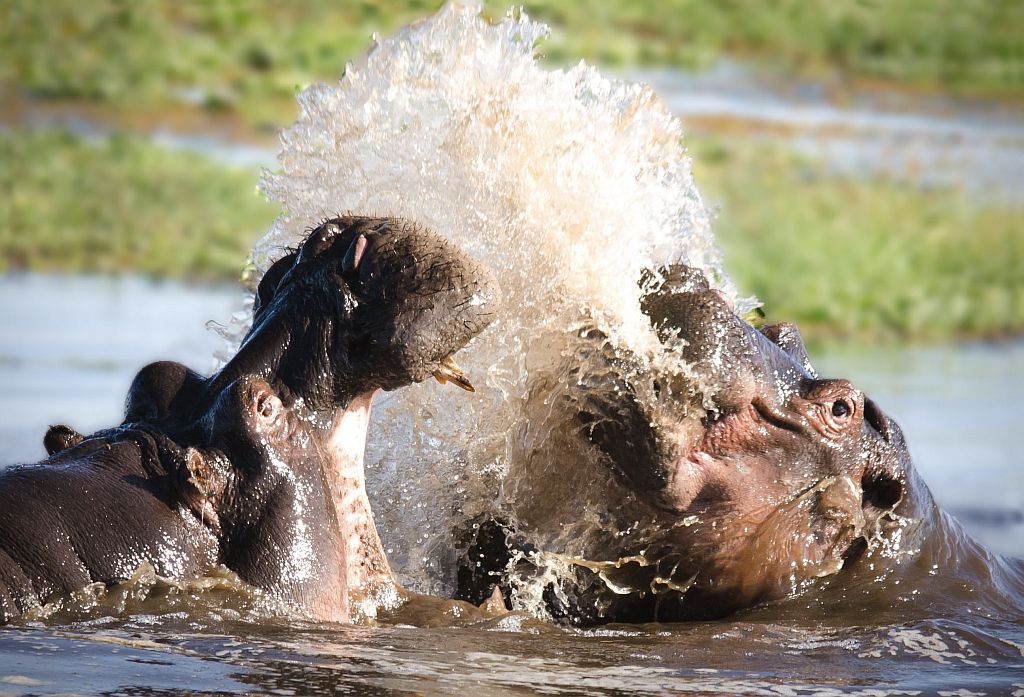

Follow – A BEATING HEART